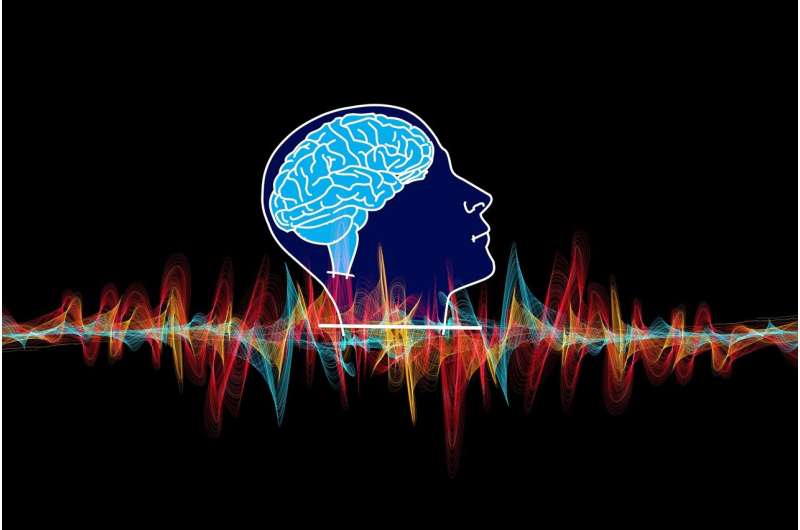The technology, described in the journal Cell, involves two ultra-sensitive optical instruments that can detect signals of genetically engineered proteins, known as “voltage indicators,” revealing neuronal brain wave activity in mice.
While limited to research animals, the advance has already shown its potential. Using these instruments, the researchers discovered three new types of brain waves moving in ways never previously observed.
“We’re getting a very broad view of waves propagating across the brain,” said Mark J. Schnitzer, senior author and professor of biology and applied physics in Stanford’s School of Humanities and Sciences.

